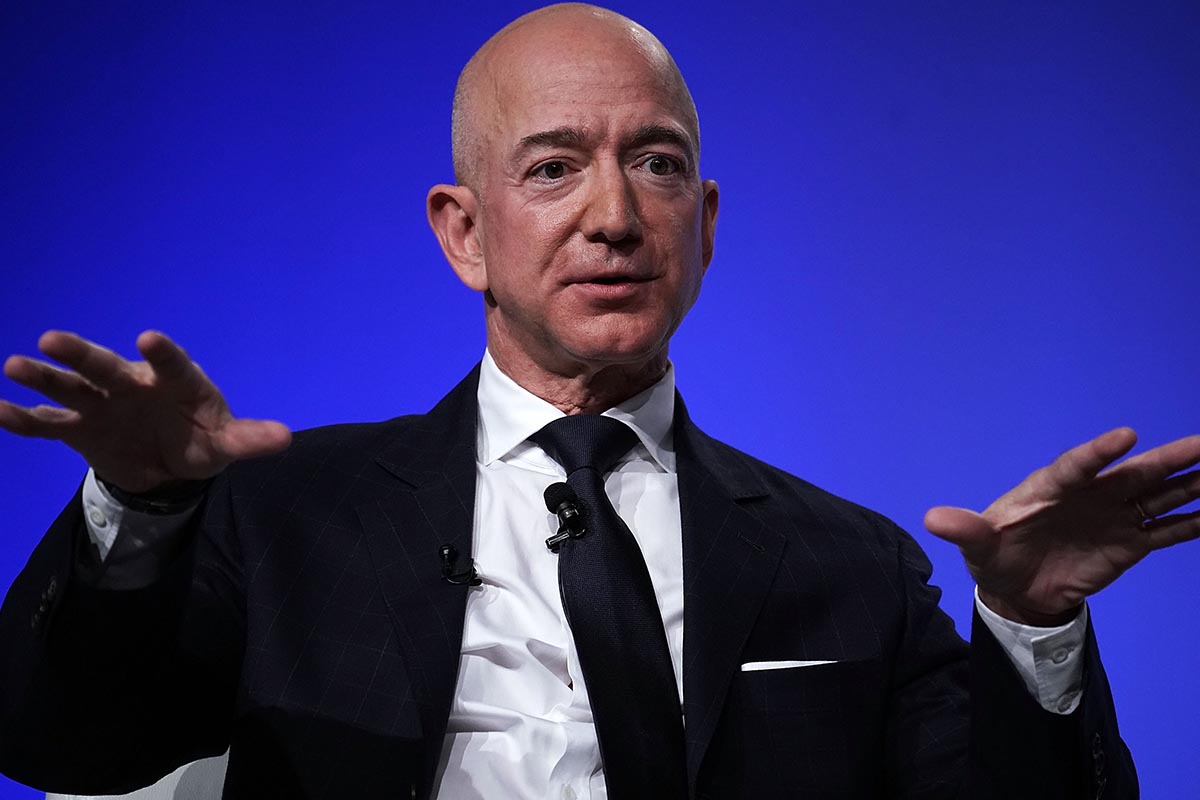Be attentive to your customers (up to a point), create innovative programs for your hardest-working (and also least-dedicated) employees and never admit failure.
Those are the conclusions reached by the Harvard Business Review, which analyzed Amazon’s shareholder letters from 1997-2017 using tools like NVivo 12 Pro and Linguistic Inquiry and Word Count (LIWC) to parse out any learnings.
In his original missive to shareholders in 1997, Amazon founder Jeff Bezos proclaimed it was “Day 1 for the Internet.” That was back when the company had revenue just under $150 million. A lot of those early lessons stressed by Bezos would crop up again and again in the annual treatise — starting with the obsession over customer satisfaction.
Turns out the word “customer” was the most commonly used word across the 20+ years of letters, followed by “Amazon,” “new,” and “business.” However, in eight of the years, “customer” was not the most used word, with more of the letters’ emphasis placed on organizational health, finances, expansion and new products/services like Kindle and Amazon Web Services.
Interestingly enough, Bezos has spent less than 15 percent of his annual letters discussing customers since 2013, down from a peak of 40 percent. His new obsession? Blue-collar workers, and in particular two internal programs (Career Choice and Pay to Quit) that have popped up in each letter since ‘13.
The most interesting conclusion? As HBR notes, “None of Bezos’ letters directly addresses any of Amazon’s failures.”
Editor’s Note: RealClearLife, a news and lifestyle publisher, is now a part of InsideHook. Together, we’ll be covering current events, pop culture, sports, travel, health and the world.
Whether you’re looking to get into shape, or just get out of a funk, The Charge has got you covered. Sign up for our new wellness newsletter today.
